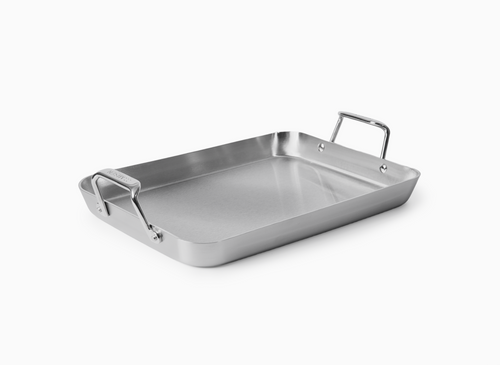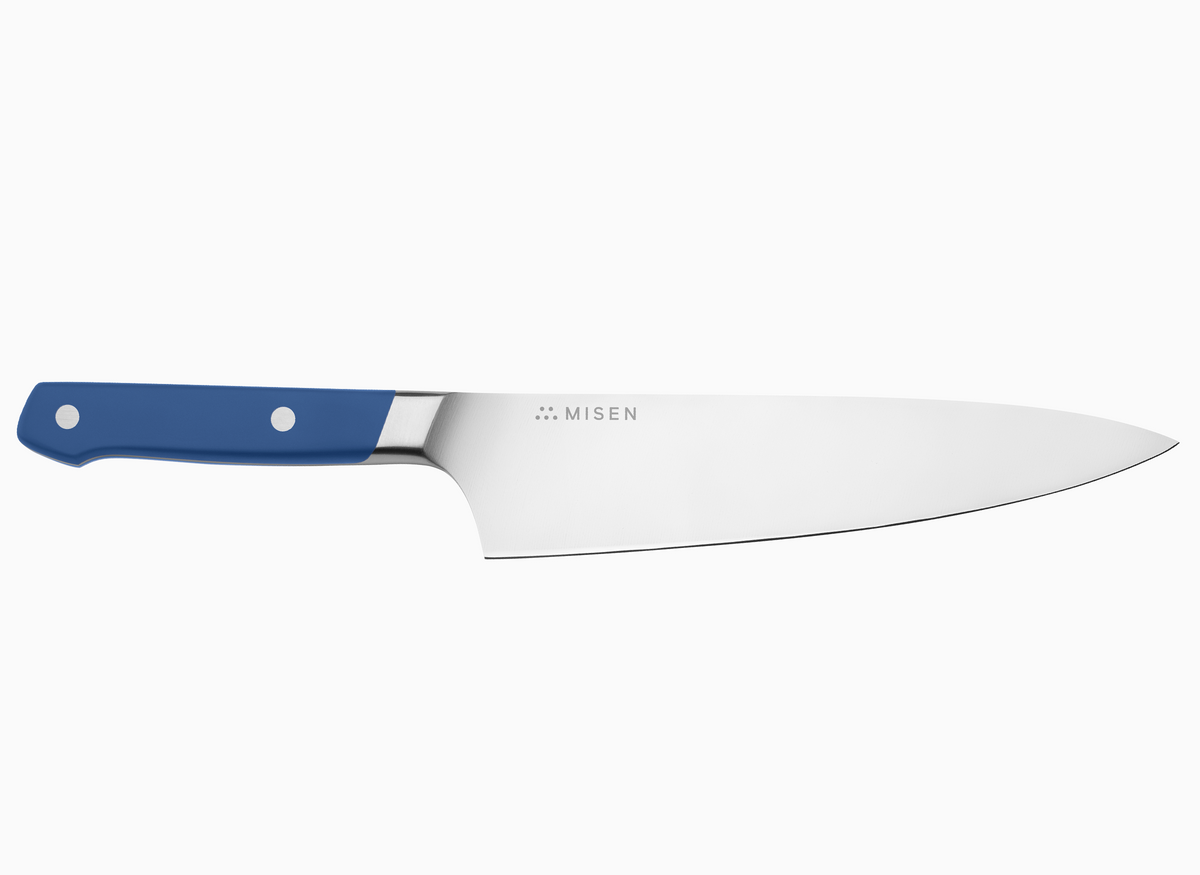Best Wood for Cutting Board: A Comprehensive Guide

Choosing the right wood for a cutting board is crucial for both functionality and food safety. This guide explores the characteristics of ideal cutting board woods, focusing on popular hardwood options and their unique properties.
- Hardwoods with closed-grain structures are best for cutting boards.
- Maple, walnut, and cherry are top choices for their durability and knife-friendliness.
- The ideal Janka hardness rating for cutting boards is between 900-1500 pounds-force.
- Proper maintenance is essential for extending the lifespan of wooden cutting boards.
- End-grain boards offer superior durability and knife protection compared to edge-grain.
Understanding Wood Types for Cutting Boards
Hardwood vs. softwood: Key differences
When selecting a cutting board, understanding the difference between hardwood and softwood is crucial. Hardwoods, with their tight, closed-grain structure, offer superior resistance to moisture and bacterial growth. This makes them ideal for food preparation surfaces. In contrast, softwoods have an open, porous structure that readily absorbs moisture and can harbor bacteria, making them unsuitable for cutting boards.
The Janka hardness scale provides a useful metric for comparing wood types. Hardwoods typically rate between 900-1500 pounds-force, striking an ideal balance between durability and knife-friendliness. This range ensures the wood can withstand regular use without excessive wear or damage to knife edges[1].
Popular hardwoods for cutting boards
Several hardwoods excel in cutting board construction due to their unique properties. Maple stands out as a premier choice with its tight, closed-grain structure and ideal Janka hardness rating of 1450. This combination provides excellent durability while remaining gentle on knife edges.
Walnut offers another excellent option, with a Janka rating of 1010. This makes it exceptionally knife-friendly while still resisting moisture and bacterial growth. Cherry wood presents a softer option that maintains knife sharpness while offering adequate durability.
These hardwoods share essential characteristics that make them ideal for food preparation: closed-grain patterns that resist moisture absorption, natural antimicrobial properties, and sufficient density to withstand regular use without splintering or warping[2].
Characteristics of ideal cutting board wood
The perfect cutting board wood balances three critical properties: hardness, porosity, and toxicity. The optimal Janka hardness rating falls between 1,000 and 2,000 pounds-force - soft enough to preserve knife edges while resisting damage from regular use.
Porosity directly impacts food safety, as large pores can harbor bacteria and moisture. Closed-grain woods with small pores provide natural resistance to bacterial growth and moisture absorption. The wood must also be food-safe, free from toxic saps or oils that could contaminate food[3].
Top Hardwood Choices for Cutting Boards
Maple: The classic choice
Maple's tight grain structure and 1,450 Janka hardness rating make it the gold standard for cutting boards. It resists scratches, dents, and bacterial growth while maintaining knife sharpness. Its light color shows when cleaning is needed, and its closed pores prevent moisture absorption that can lead to warping.
The wood's natural antimicrobial properties, combined with exceptional durability, explain why commercial kitchens overwhelmingly choose maple cutting boards. Sugar maple specifically offers superior hardness compared to other maple varieties, though both hard and soft maple varieties work well for home use.
Walnut: Elegant and durable
Walnut offers a compelling mix of durability and visual appeal for cutting boards. With a Janka hardness rating of 1010, walnut provides enough density to resist knife marks while being gentle enough to preserve blade sharpness. The wood's rich, chocolate-brown color and distinctive grain patterns create striking boards that double as serving pieces.
Beyond aesthetics, walnut contains natural antimicrobial compounds that help prevent bacterial growth, making it more hygienic than plastic alternatives. When properly maintained, walnut cutting boards resist warping and can last for years of daily use[4].
Cherry: A beautiful alternative
Cherry wood combines a Janka hardness rating of 995 with exceptional workability for cutting boards. Its reddish-brown tones deepen with age and exposure to light, creating boards that develop character over time. The wood's fine, straight grain pattern resists splitting while remaining gentle on knife edges.
Cherry's moderate density provides enough durability for daily use while being soft enough to prevent excessive blade wear. The wood also contains natural compounds that help inhibit bacterial growth, though it requires more frequent oiling than maple or walnut due to its slightly more open pore structure.
Factors to Consider When Selecting Cutting Board Wood
Durability and knife-friendliness
The ideal cutting board balances durability with knife preservation. Boards with Janka hardness ratings between 1,000-2,000 pounds-force provide optimal performance - soft enough to maintain knife edges while resisting damage from regular use.
End-grain boards excel at protecting blades since their vertical wood fibers allow knives to slide between them like brush bristles, reducing edge wear compared to edge-grain boards where blades cut directly across horizontal fibers. Premium hardwoods like maple (1450), walnut (1010), and cherry (950) hit this sweet spot[5].
Moisture resistance and sanitation
Hardwood cutting boards offer natural antimicrobial properties that actively combat bacterial growth. Research shows that wood contains compounds like tannins that inhibit bacteria, while its porous structure draws microorganisms below the surface where they eventually die off.
The tight, closed grain of premium hardwoods creates a surface that resists moisture absorption and bacterial penetration. While wood requires proper cleaning with hot soapy water after each use, it outperforms plastic boards in long-term sanitation[6].
Aesthetic appeal and grain patterns
Wood grain patterns create distinct visual personalities for cutting boards, with each species offering unique characteristics. End-grain boards showcase dramatic checkerboard patterns as wood fibers stand vertically, creating mesmerizing geometric designs. Edge-grain construction displays long, flowing lines that highlight the wood's natural growth patterns.
Walnut delivers rich chocolate tones with occasional purple undertones and striking dark streaks, while maple offers subtle cream colors with fine, uniform grain patterns that age gracefully. Cherry starts with a light pinkish-brown that deepens to a rich reddish-brown over time, developing character through exposure to light and use[7].
Best Wood for Cutting Boards: Choosing the Right Material for Your Kitchen
Evaluating your cooking habits and needs
Your cooking style and kitchen habits should guide your cutting board selection. For frequent meal prep involving raw meats, consider having multiple boards - a dedicated plastic board for meats that can be sanitized in the dishwasher, and a wooden board for vegetables and general prep work.
Heavy chopping and dicing demands a thick board (1.25-2 inches) that won't slide or warp, while occasional light prep can work with a thinner 0.75-1 inch board. Size requirements depend on your counter space and typical prep volume - a 12x18 inch board suits most home cooks, while serious home chefs may need up to 24x36 inches for breaking down large cuts of meat or batch meal prep[8].
Balancing functionality with style
A cutting board's functionality and style need not be mutually exclusive. End-grain boards exemplify this balance, offering both superior knife protection and striking checkerboard patterns that showcase the wood's natural beauty. While face-grain boards provide clean, simple aesthetics at a lower cost, they show knife marks more prominently and offer less stability.
Edge-grain construction strikes a middle ground, displaying attractive straight grain patterns while providing good durability and moisture resistance. Beyond basic construction, design elements like juice grooves serve practical purposes for meat carving while adding visual interest[9].
Considering maintenance requirements
Wooden cutting boards require consistent maintenance to preserve their functionality and safety. Daily cleaning with hot soapy water prevents bacterial growth, while periodic sanitization with a vinegar solution (one part vinegar to four parts water) eliminates lingering pathogens.
The most critical maintenance task is regular oiling - apply food-grade mineral oil or specialized cutting board butter every 4-6 weeks, allowing it to soak overnight before wiping excess. This prevents the wood from drying out and developing cracks that harbor bacteria. Different woods demand varying maintenance frequencies - walnut and cherry require more frequent oiling due to their slightly more open pore structure, while maple's tight grain allows longer intervals between treatments[10].
Caring for Your Wooden Cutting Board
Proper cleaning and sanitization techniques
Proper cleaning starts with immediate attention after use - scrape off food particles and wash with hot, soapy water using a dedicated brush or sponge. For basic cleaning, scrub both sides thoroughly even if only one side contacted food, paying special attention to knife marks where bacteria can hide.
Never soak wooden boards or put them in the dishwasher as excessive moisture leads to warping and cracking. For sanitization after cutting raw meat, create a solution of one tablespoon of bleach per gallon of water and apply it for 2-3 minutes before rinsing thoroughly. Alternatively, use a natural sanitizing method by sprinkling coarse salt over the board and scrubbing with half a lemon, letting it sit for 5 minutes before rinsing[11].
Oiling and maintenance routines
Regular oiling forms the cornerstone of wooden cutting board maintenance. Apply food-grade mineral oil generously to a clean, dry board using a dedicated cloth or new paintbrush until the surface appears wet. Let the oil soak overnight with the board standing upright or in a rack to ensure even absorption.
For new or particularly dry boards, repeat this process three times to fully season the wood. Avoid natural cooking oils like vegetable, olive, or walnut oil as their fats eventually turn rancid. After oiling, apply a thin layer of board cream or wax in circular motions to create a protective barrier against stains and bacteria[12].
Extending the lifespan of your cutting board
Simple practices dramatically extend cutting board lifespan. Rotate the board regularly to distribute wear evenly across both surfaces rather than cutting in the same spots. For reversible boards, flip sides weekly to prevent localized damage. Maintain the original edge bevel to prevent splitting and chipping along the borders.
Address minor damage promptly - sand out shallow knife marks with fine-grit sandpaper before they deepen and trap bacteria. Store boards vertically in cool, dry spaces to allow air circulation and prevent moisture buildup that leads to warping. Never stack dishes on boards during storage as this traps dampness and promotes mold growth[13].
Conclusion
Investing in a high-quality wooden cutting board and maintaining it properly can significantly enhance your cooking experience. Our carbon steel wok pairs perfectly with a well-maintained wooden cutting board for a complete kitchen setup. Ready to elevate your kitchen tools? Shop Now for our selection of premium cookware and accessories.
- Baird Brothers. (n.d.). Choosing the Best Hardwood for Cutting Boards.
- Virginia Boys Kitchens. (n.d.). Best Wood for Cutting Boards.
- The Wood Database. (n.d.). Cutting Board Woods.
- Sutton Hollow Designs. (n.d.). Benefits of a Walnut Wood Cutting Board.
- The BoardSmith. (n.d.). Wisdom Behind the Wood: Janka Hardness.
- Healthier Homes. (n.d.). What is the Healthiest Cutting Board to Use?
- Andrew Pearce Bowls. (n.d.). The Appeal of Wooden Bowls and Cutting Boards.
- Yakushi Knives. (n.d.). How to Choose a Cutting Board: The Ultimate Kitchen Guide.
- JS MacLachlan. (2020). Cutting Board Types, Features, and Why They Matter.
- Wood Cutting Board Store. (n.d.). Cutting Boards Health.
- StateFoodSafety. (n.d.). How to Clean and Sanitize Your Cutting Board.
- CuttingBoard.com. (n.d.). How to Oil and Maintain a Cutting Board.
- John Boos. (n.d.). Complete Guide to Caring for Your Wood Cutting Board.








